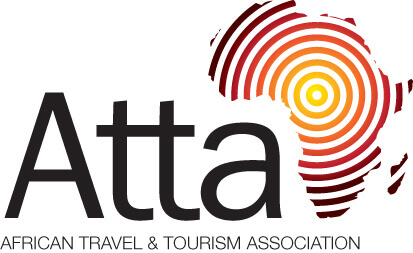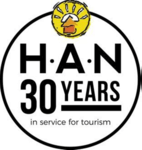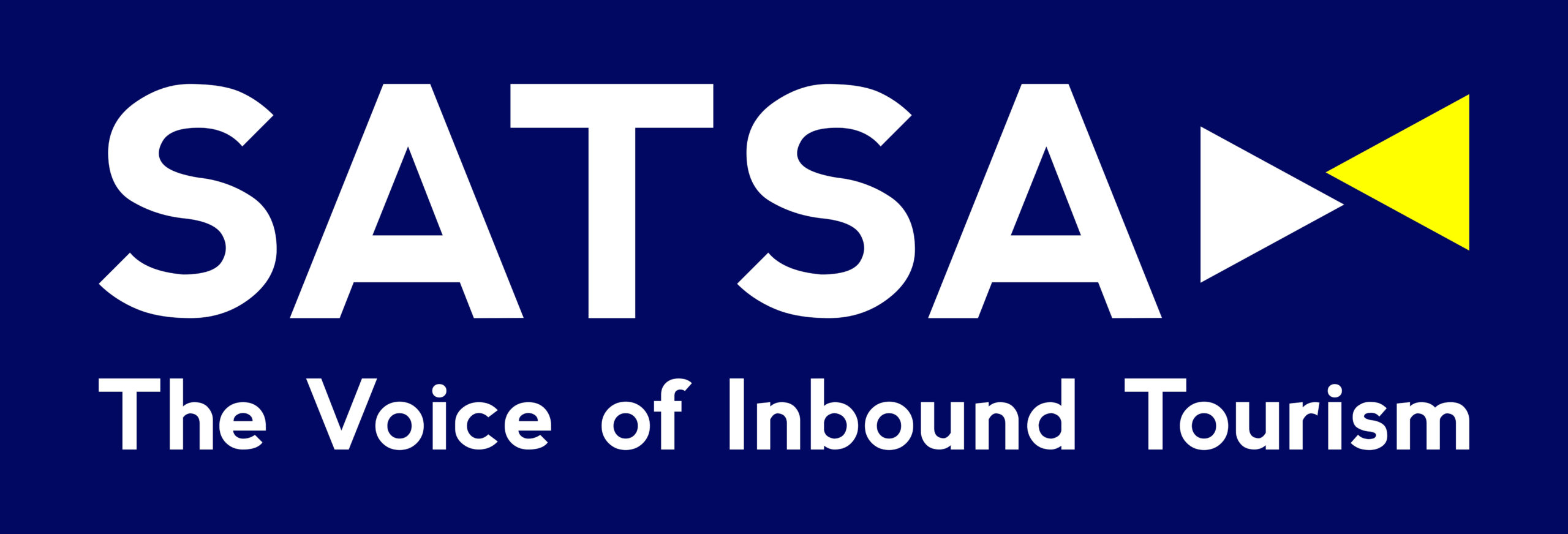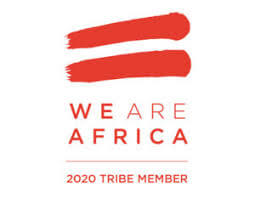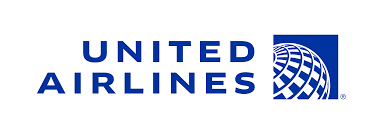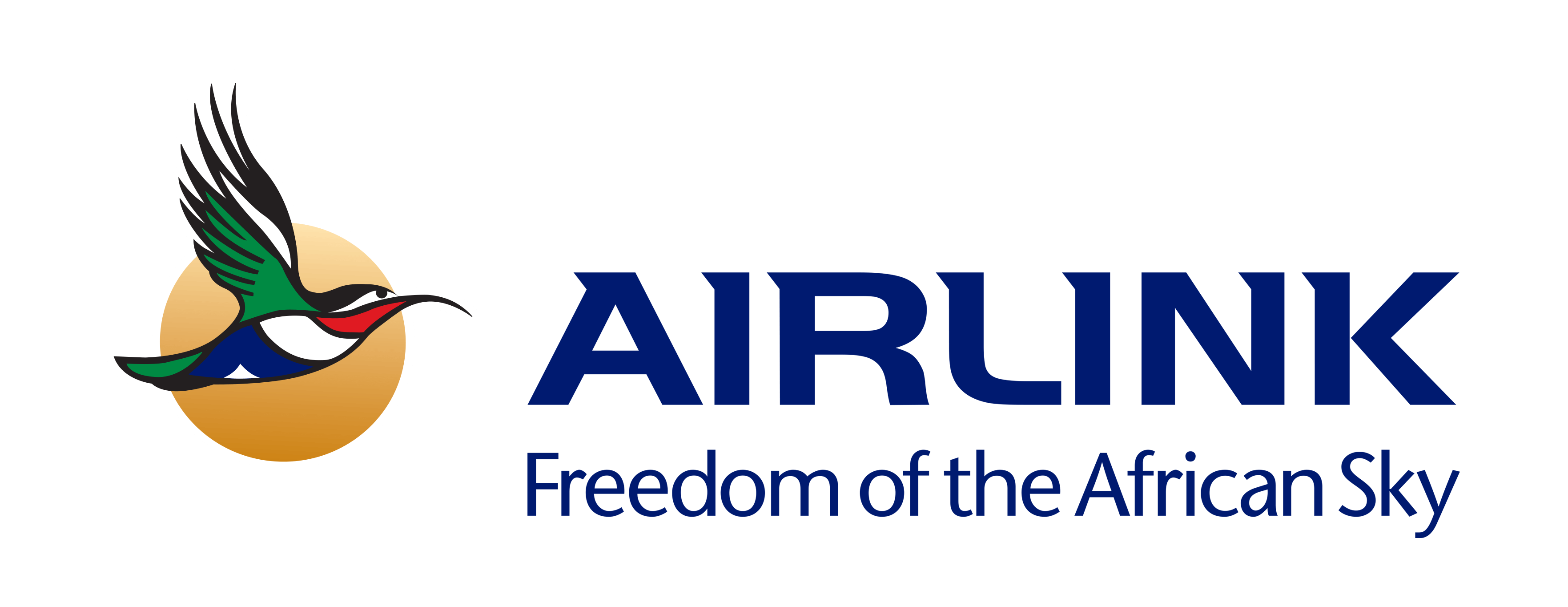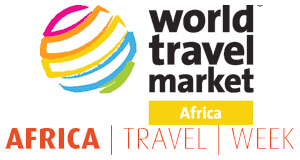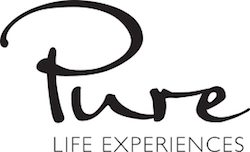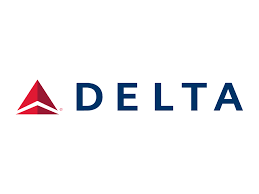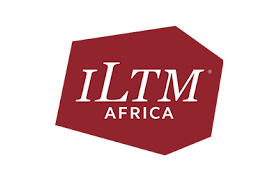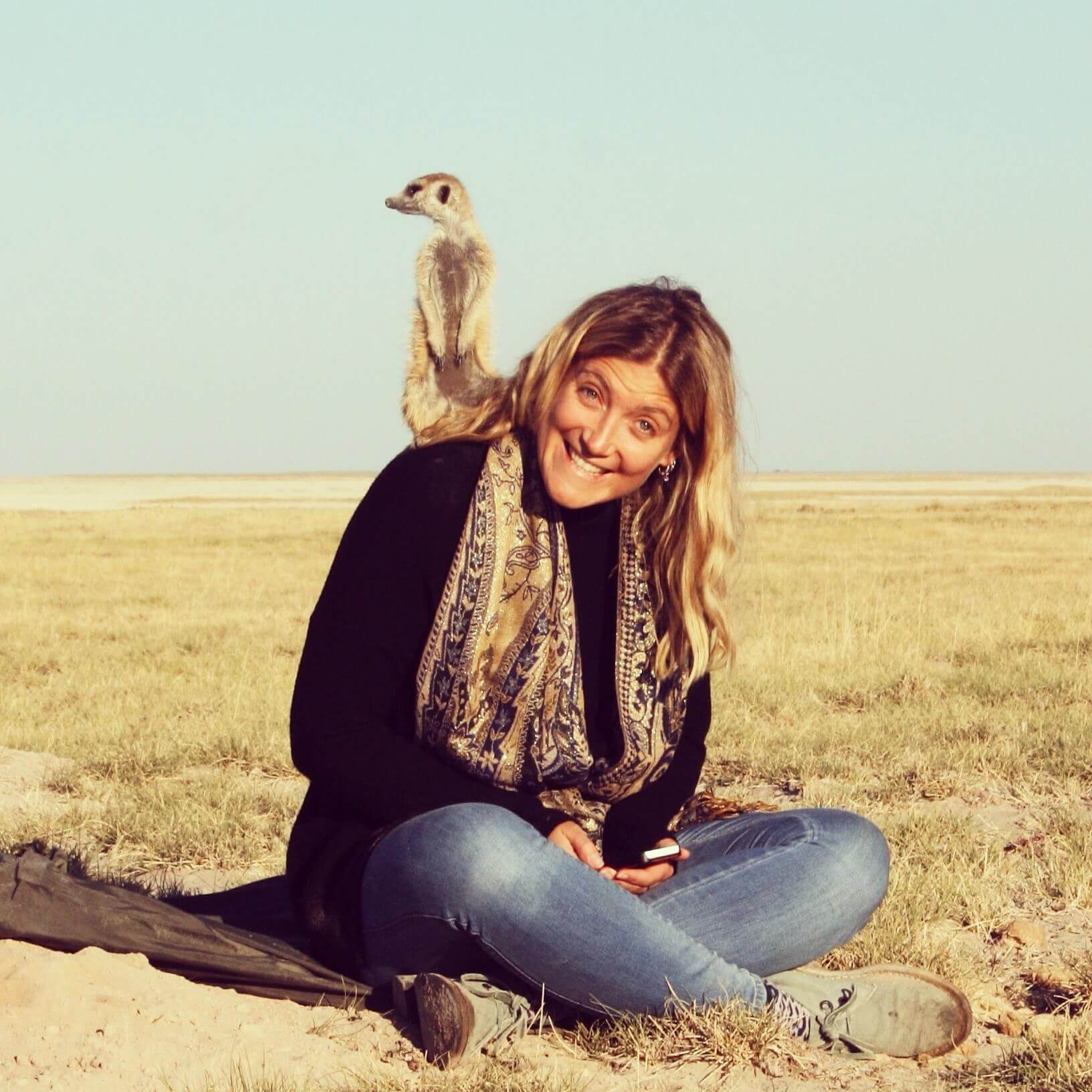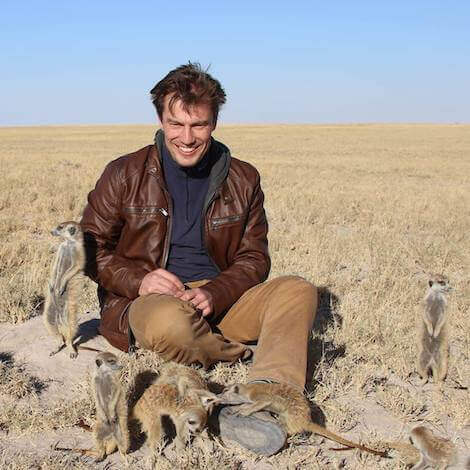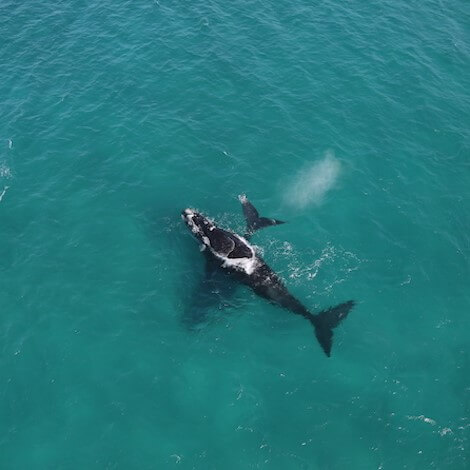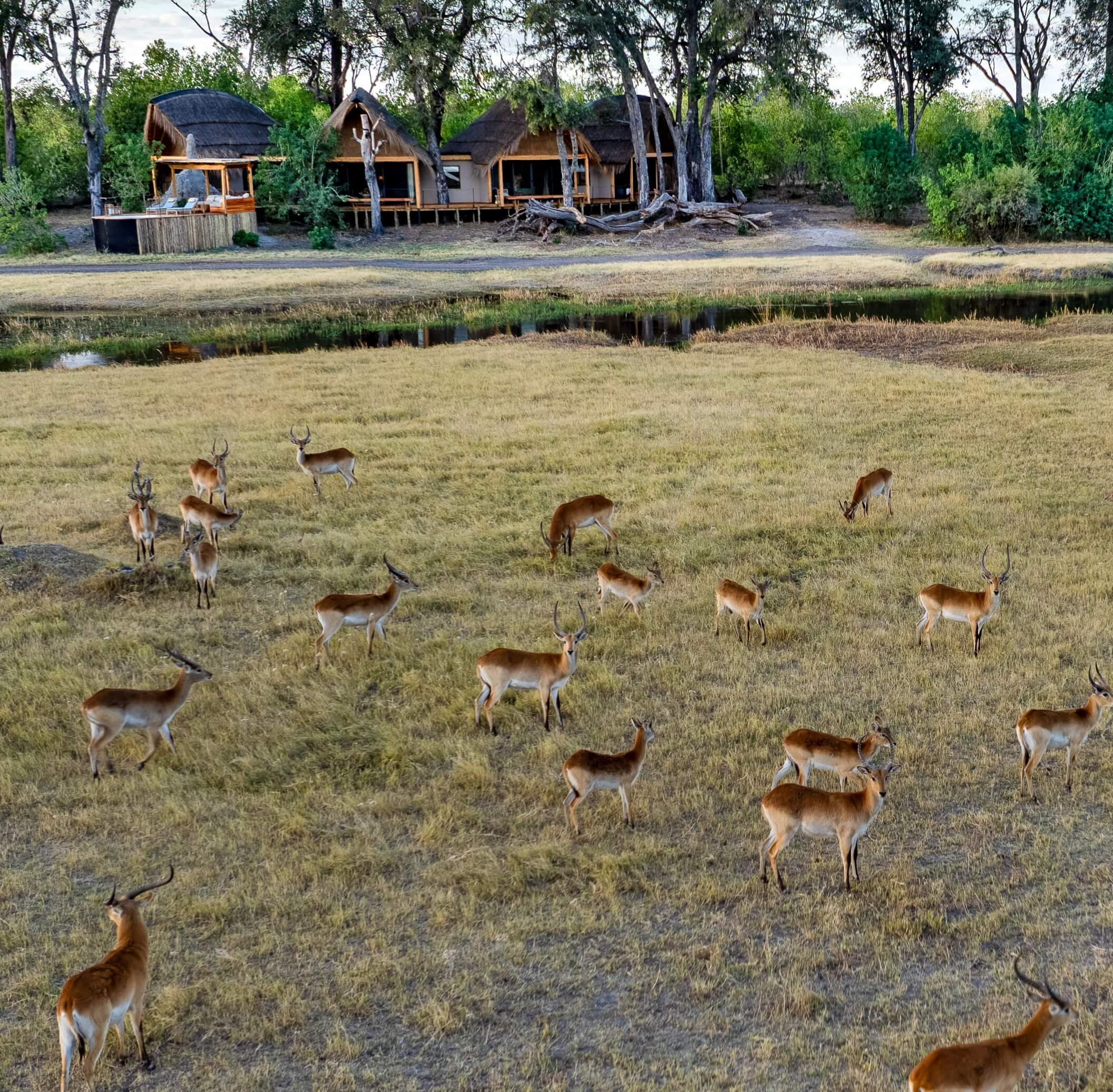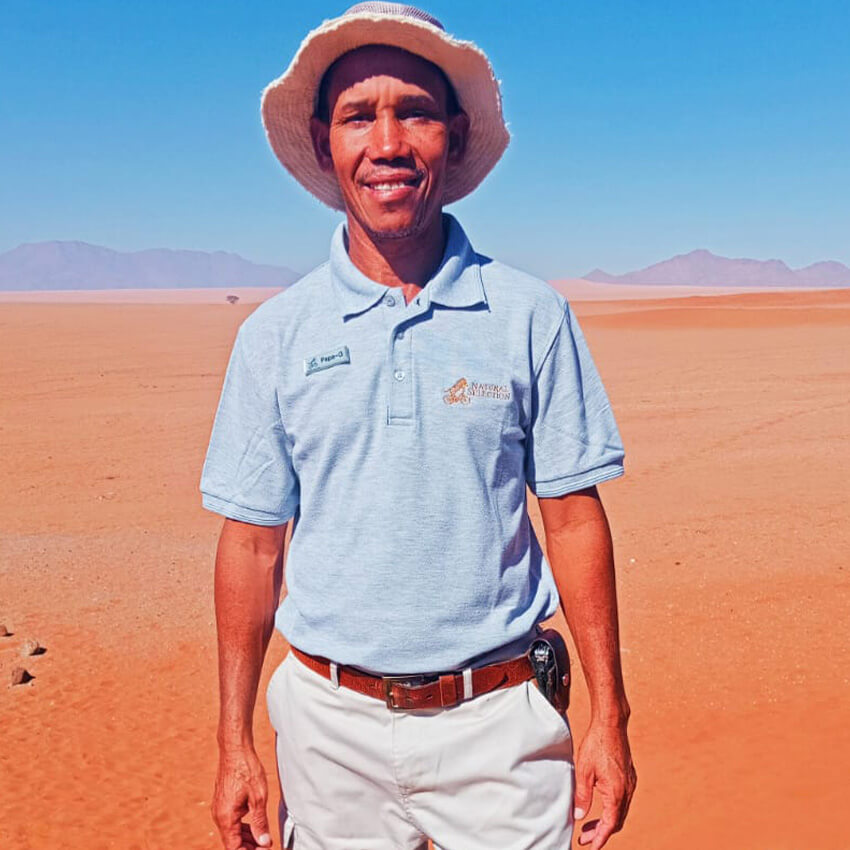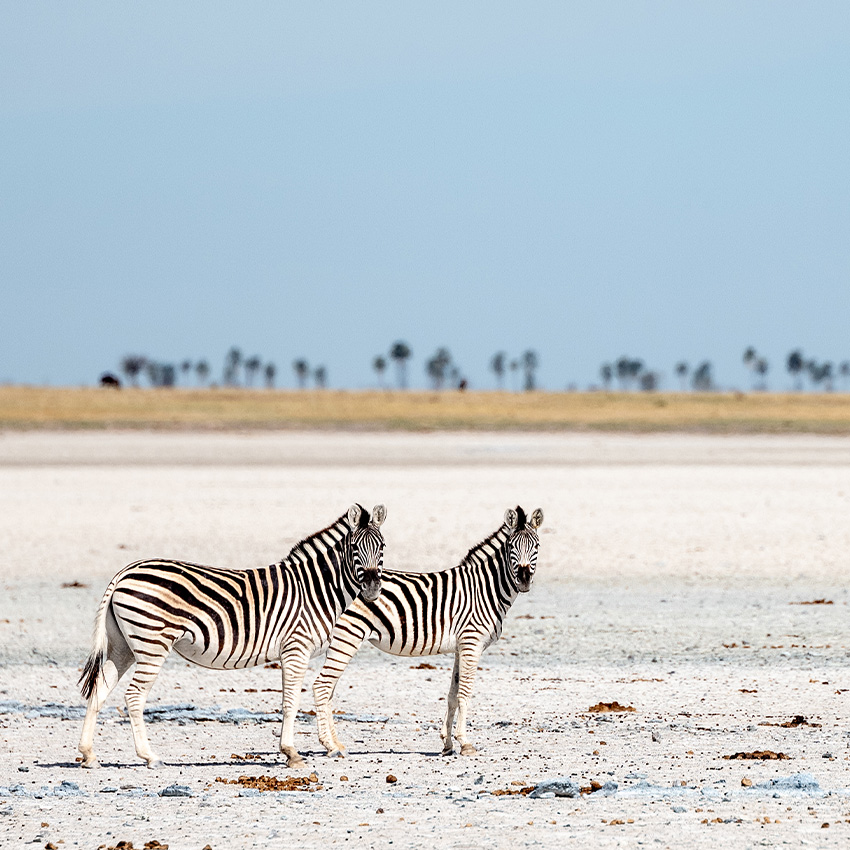Active
Popular
Serving Communities and Creatures
 Pru Allison
Pru Allison
 September 25, 2020
September 25, 2020
Some of the world’s poorest communities live alongside wildlife areas, and the proximity to the predators that international visitors come to see, can make life harder for these communities. Understandably, the local people are keen to protect their livestock and will go to great lengths to eradicate threats to the herd. In fact, human-wildlife conflict is one of conservation’s most persistent issues and one that we’re committed to tackling.
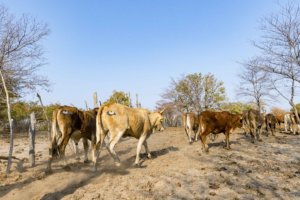 Farmers and herders paint eyes onto the back ends of their cattle to act as a deterrent to predators
Farmers and herders paint eyes onto the back ends of their cattle to act as a deterrent to predators
While we’re dedicated to conserving the future and habitats of all the species within our immediate areas, we are also committed to conserving their protection further afield. So, a large part of our work involves staying in communication with the nearby communities and the organisations working hard to mitigate human-wildlife conflict. We support a number of related projects both in Botswana and Namibia and at the end of last year we committed to assisting the Mmôgô coexistence programme in Botswana. We fund community officers who work with cattle farmers on conflict with predators.
 Tshepo records data after talks with a farmer
Tshepo records data after talks with a farmer
Tshepho Ditlhabang has taken to his role with aplomb and has been hard at work liaising with the locals and helping them claim for lost livestock and protect the herds they’ve got.
Despite the additional obstacles that 2020 has thrown in his path, Tshepho has managed to meet with community chiefs and been granted permission by them to work alongside the farmers. He’s also been able to reintroduce the staff involved with the ReMmôgô project, as well as the project’s ambitions to the local community and cattle post owners. He’s also assisted with 53 livestock losses and claims, 22 of which were calves. Furthermore, our coexistence officer has been busy recording the presence of and activity of large carnivores in the cattle post areas, thereby enabling him to keep the owners and community abreast of any threat to livestock. Life must be somewhat more reassuring for those involved with the cattle posts in the area having become acquainted with Tshepho who’s ready to help them with compensation claims and whom they can easily contact.
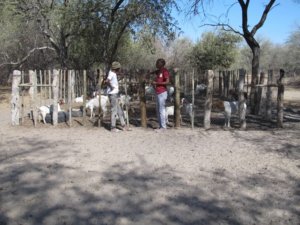 Tshepho interviews a herd boy while conducting a survey at Nxabe cattle post
Tshepho interviews a herd boy while conducting a survey at Nxabe cattle post
Since the easing of restrictions in Botswana Tshepho has been even more industrious. He’s hired a local assistant to help visit cattle posts surrounding the wildlife protected areas of Moremi, and has helped with a further 62 compensation claims.
Some of the livestock owners paint eyes onto the back ends of their cows, as it seems to confuse predators and deter them from attacking. Tshepho has been encouraging more herders and owners to do this as a means of predation mitigation.
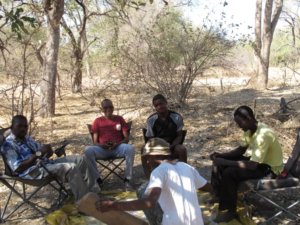 Tshepho in discussion with the herders
Tshepho in discussion with the herders
With painted eyes firmly in place, our intrepid officer has also busied himself with some less exciting admin work, drawing up a human-wildlife conflict prevention guide, and obtaining quotes for mitigation prevention equipment.
We’ve funded the position until the end of 2022, and during that time Tshepho has three primary objectives.
The first of these objectives is to increase claim successes from government funds for livestock losses. When the community members lose livestock to predation they’re compensated by the government, however, delayed responses and failed claims do nothing for human-wildlife relations and the farmers rarely have the time and tools required to report losses without assistance.
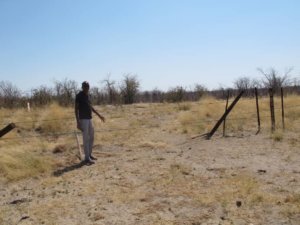 Tshepho stands at a damaged buffalo fence which is supposed to separate livestock from buffalo. The damage is caused by elephants crossing
Tshepho stands at a damaged buffalo fence which is supposed to separate livestock from buffalo. The damage is caused by elephants crossing
There are some very clever minds in the field of conservation, and all that grey matter works around the clock to come up with innovative and effective solutions to human-wildlife conflict. Tshepho’s second objective is to hand over the prevention tools that researcher types have come up with to help farmers mitigate predation. The toolkits provide non-lethal techniques, such as the painting of eyes on livestock, workshops and training. He will empower farmers with solutions and startup equipment, assisting in the implementation of these tools.
Not many of the folk living around wildlife areas have access to televisions, so the third objective for Tshepho is to show the locals some positive media on wildlife. Community events tend to be very well received, and Tshepho will target the younger community members in particular, hoping to inspire a changed outlook in younger generations towards the wildlife they share their homes with.
One of these young community members might even come to fill Tshepho’s shoes one day.
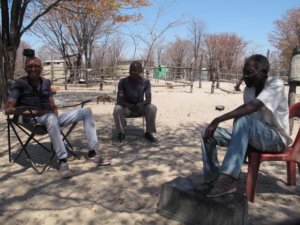 Tshepho in discussion with farmers at Nanogaonne cattle post
Tshepho in discussion with farmers at Nanogaonne cattle post
For more information on the Botswana Predator Conservation Trust, visit www.bpctrust.org
Special Offers
Our special offers are designed to help you experience everything southern Africa has to offer whilst also saving some all-important pennies. Whether you’re about to embark on a once-in-a-lifetime solo trip, or are celebrating a special occasion, have a peek at our offers and see what could be in store for you.
